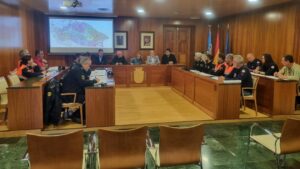The common denominator that has characterized Easter in Xàbia for decades
XAD’s Álvaro Monfort take us on a trip into the past to remember the customs of Easter in Xàbia which has forged the character of the town.
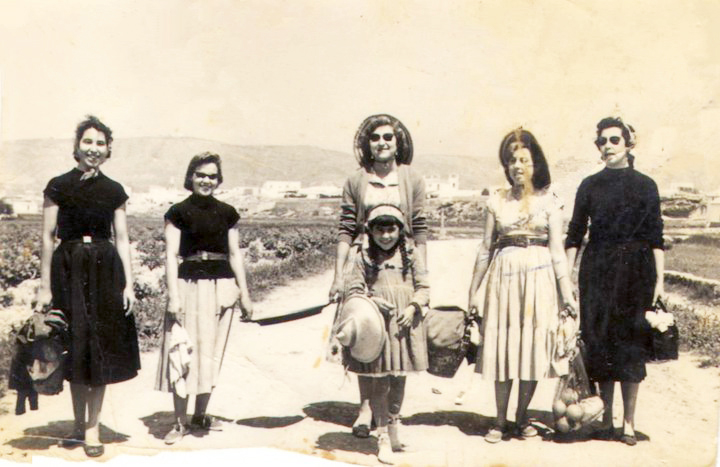
Easter Day in Xàbia in the mid-50s. Source: Arxiu Municipal.
Saturday 3rd April 2021 | ÁLVARO MONFORT; translation MIKE SMITH
Easter in Xàbia is popular and well known. And although it is not yet responsible to celebrate it in conditions similar to the usual ones (or it should not be), it does not hurt to remember where that special custom of getting together that day with friends in the open air comes from. You have to go back in time, decades ago, until long before Plaça de l’Esglèsia became the nerve centre of the celebration with the well-known Fira de Pasqua. To a simpler time in which to celebrate together was the main pretext.
The joy attributed to this day is not accidental and is closely linked to the Catholic religion that celebrates the triumph of life over death with the resurrection of the Lord, an event that was a reason for festive celebration for a large part of society and that broke with the solemnity and simplicity with which Semana Santa had been carried out. Although now these days have a more holiday character, in the past they were marked by austerity and prayer that is supposed to belong to the burial and mourning of an extremely important person.
The symbolism was such that, on Good Friday – for example – drivers tried not to sound the horn of their vehicles unless it was essential and people did not raise their voices and reduce their chores outside the family home to the maximum. Attention was focused on the religious celebrations that were carried out in absolute silence until the uproar broke out on Easter Sunday. In the 1930s, when the church bells rang for Gloria at 10.00am on Saturday, the men who were working in the fields threw their hats in the air in jubilation.
It is that change from darkness to light, from death to life, which has marked the festive nature of the Easter commemoration and the joyful, carefree and colourful way of celebrating it in many municipalities. And the change had to be great in Xàbia, because the custom was to meet on Sunday, Monday (first day of Easter) and Tuesday (second day of Easter). At present, this meeting has been relegated only to Sunday, although many groups also meet on Monday.
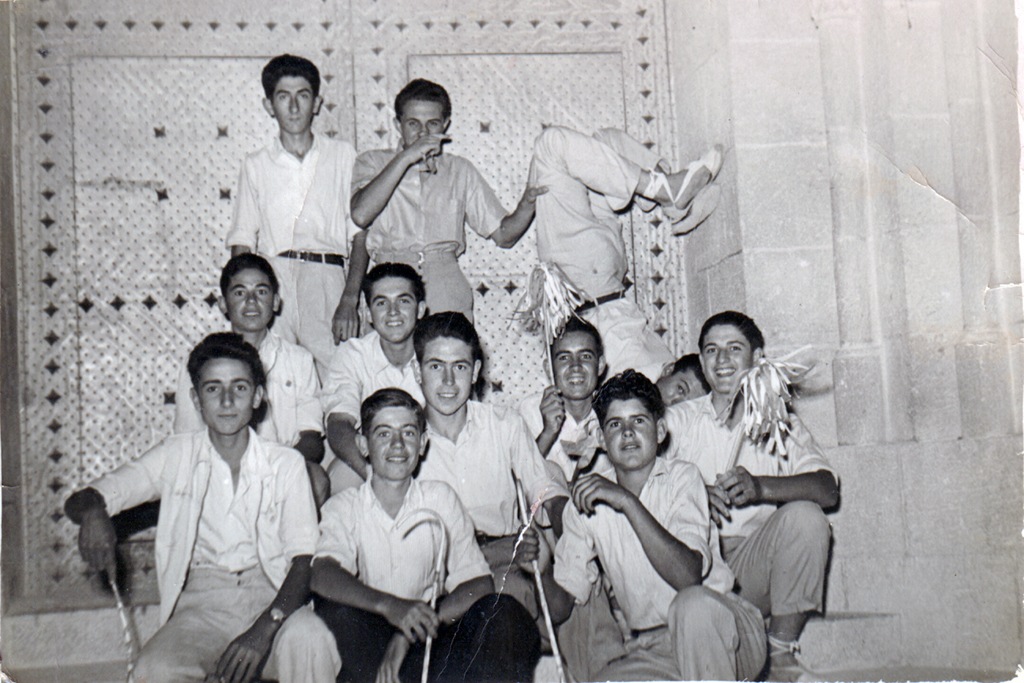
Source: Arxiu Municipal de Xàbia, Magdalena Marí Molina photographic collection.
Delving into the traditions of Easter in Xàbia, Easter Sunday Masscould not be missed as the end point of the days of recollection represented by Semana Santa. However, at the end of the mass, a day of revelry began. The first thing was to change the formal dress with which they had attended the religious celebration and to put on the typical Easter outfit that was only used during these days of the year: blue jeans with a well-marked stripe, a checked shirt and traditional Victoria shoes on the feet. Optional was to put a scarf around the neck or adorning the ponytail for the girls and a straw hat for the boys. Denim garments, so common in today’s wardrobes, were frowned upon a few decades ago and were considered “work clothes” since, given their toughness and resistance, they were common in arduous trades such as construction.
It was not until 1983 that the first Fira d’Artesania was held in the historic centre and neither there was a Fira de Pasqua. Even so, the residents went out to walk through its streets to celebrate Easter, meet each other animatedly and congratulate each other after the days of fervor. Calle Mayor was a coming and going of crowds up and down. Firecrackers exploded in the murmur, a very Valencian tradition that symbolizes the break with the marked silence of the previous days.
Easter in Xàbia is closely linked to the country houses – les casetes de tota la vida – and the famous riuraus. Even today, many groups gather in them to celebrate it around a good feast and music. The arrival of Easter was almost the first contact with the houses that were traditionally reserved for the summer season after the winter months. Therefore, this celebration also symbolized a change of season, the beginning of good weather and long days and gradually adopting new routines and occupations associated with an increasingly warmer climate.
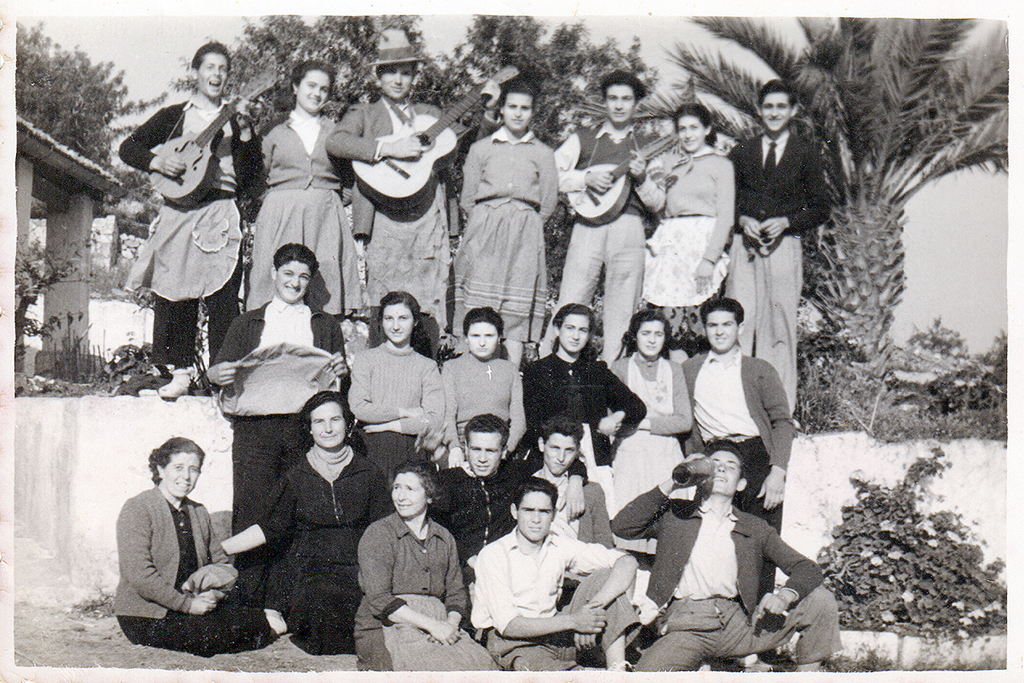
Source: Arxiu Municipal de Xàbia, Magdalena Marí Molina photographic collection.
Thus, the houses became a meeting point for large groups of friends wanting to enjoy themselves. The custom was to prepare a good paella over a wood fire, enjoy some conillet amb tomaca stew or turn the day into a great cocà and prepare that great delicacy of the local gastronomy that is the cocas. Wine, beer, mistela and homemade products; they could not be absent from the table. Nor that colleague who, suddenly, made everyone jump out of his chair (or stampede) firing a firecracker or a traqueta under the table, or that person in the group who picked up the guitar and contributed the musical note of the meeting. Songs with simple, melodic and easy to sing lyrics such as “La Tarara”, “El Tio Pep”, “La manta al coll” or “La Xata Merenguera”; they are still very common these days.
After lunch, it was typical to go to the Arenal beach to end the afternoon. Its great breadth allowed entire families and groups to get together to taste the traditional Easter cake. It is undoubtedly the sweet par excellence of these dates and, fortunately in Xàbia, it continues to be made with care in the local bakeries. The xabieros and xabieras of that time took the traditional cabasset cake and tasted it on its own or with a chocolate bar. The little ones flew their kites and the noise of the firecrackers was a constant echo in the background. But not only the people of the municipality went to Arenal. People from the region, mostly from Gata de Gorgos and Pedreguer, visited the beach laden with their wicker baskets in order to share a day of celebration.
What is the common denominator that characterizes Easter in Xàbia and that has remained inherent over time? The joy of celebrating. Coexistence. Sharing, with each other, family or friends, a festive day marked by being able to enjoy good company, good weather, gastronomy and Xàbia. The joy of celebrating life, in short. The one that now, after a year of pandemic, has revealed itself with all its fragility and vulnerability, but also with its strength. The one that encourages us to be more empathetic than ever and protect ourselves, from a distance, to be able to celebrate many Easter days together like before.
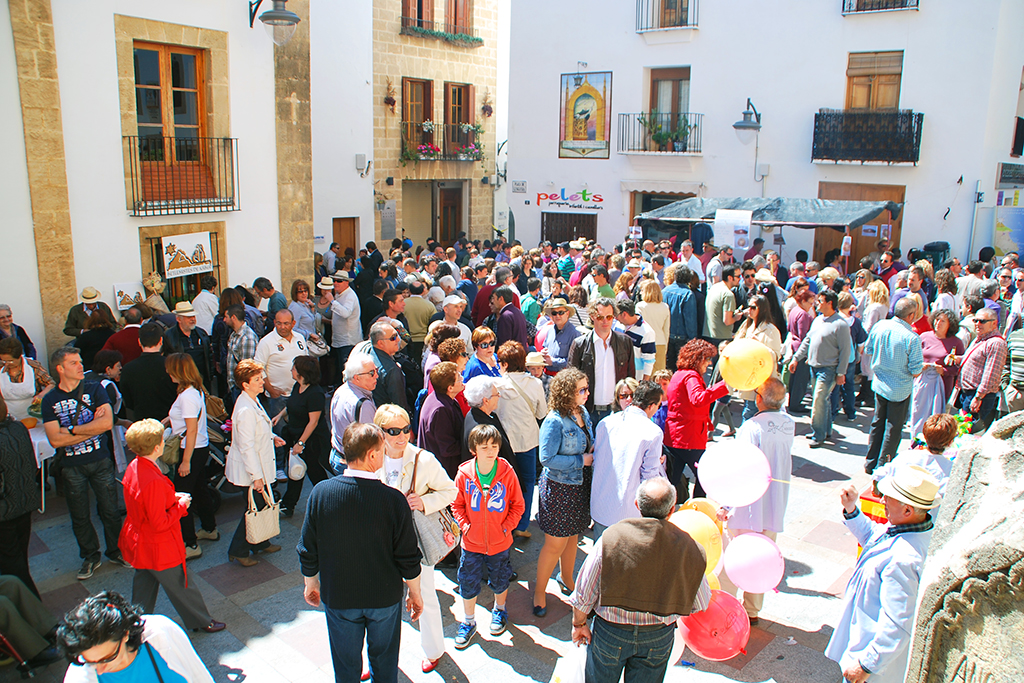
Thanks to the Xàbia Archive for their invaluable help as always!
Click below to read the original article in Spanish on Xàbia AL DÍA



